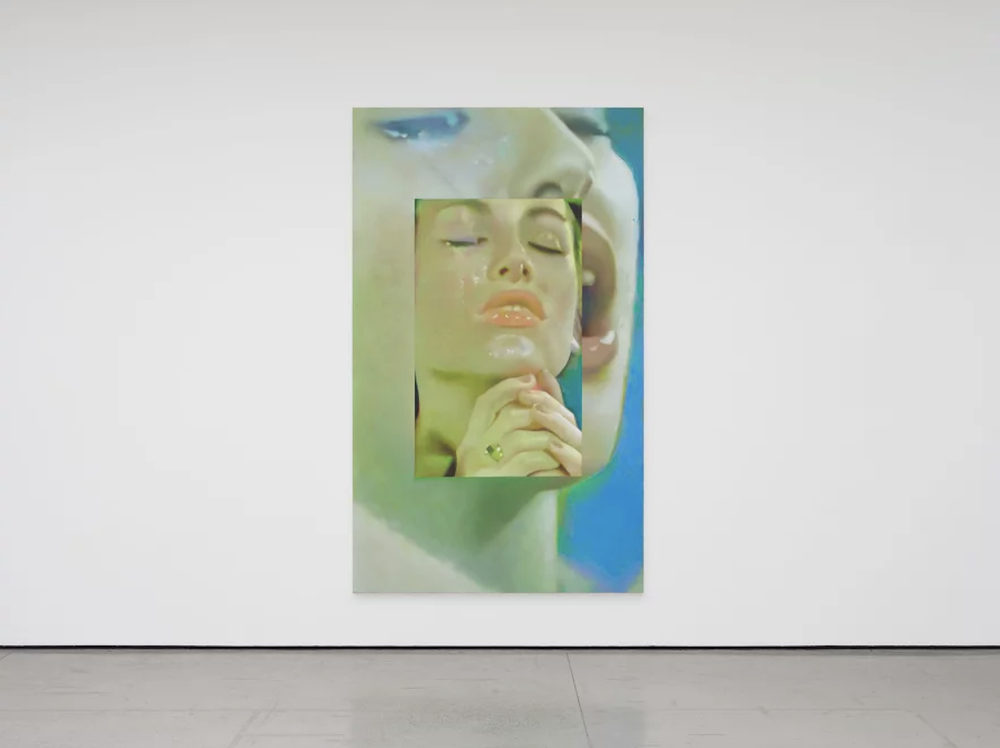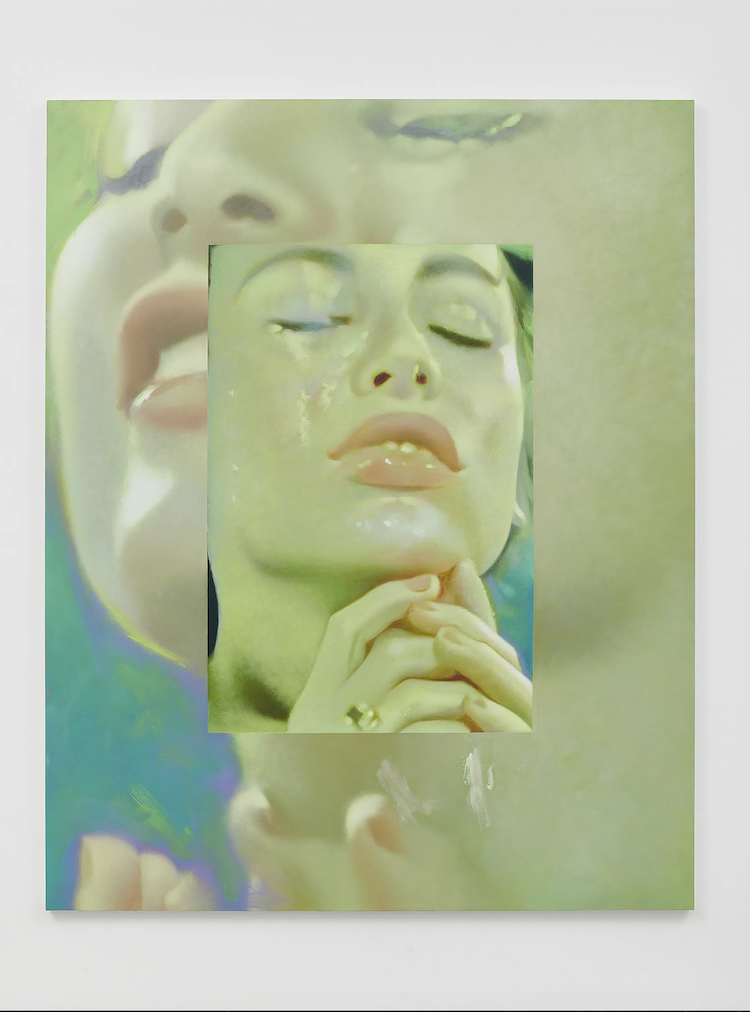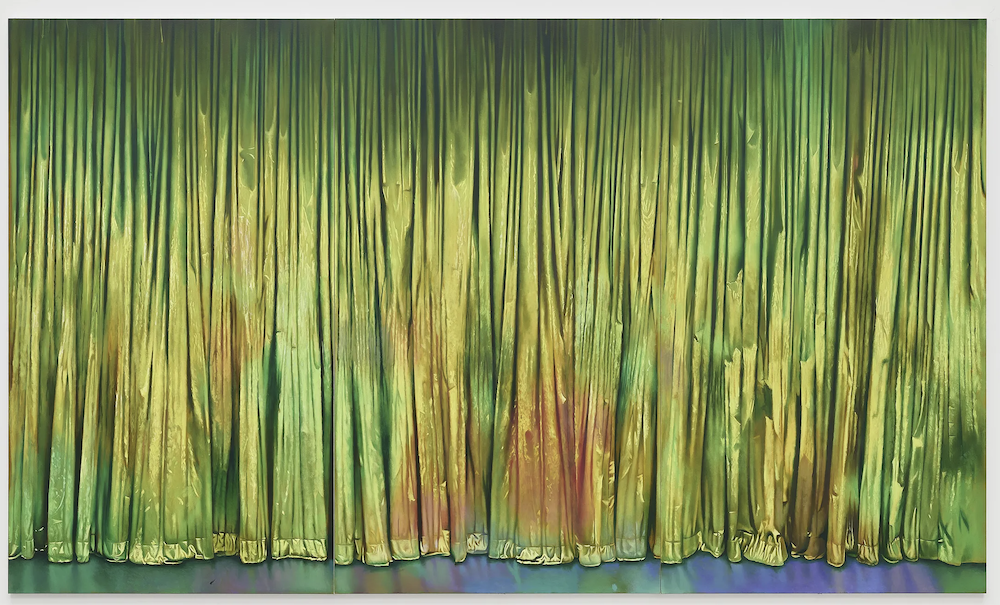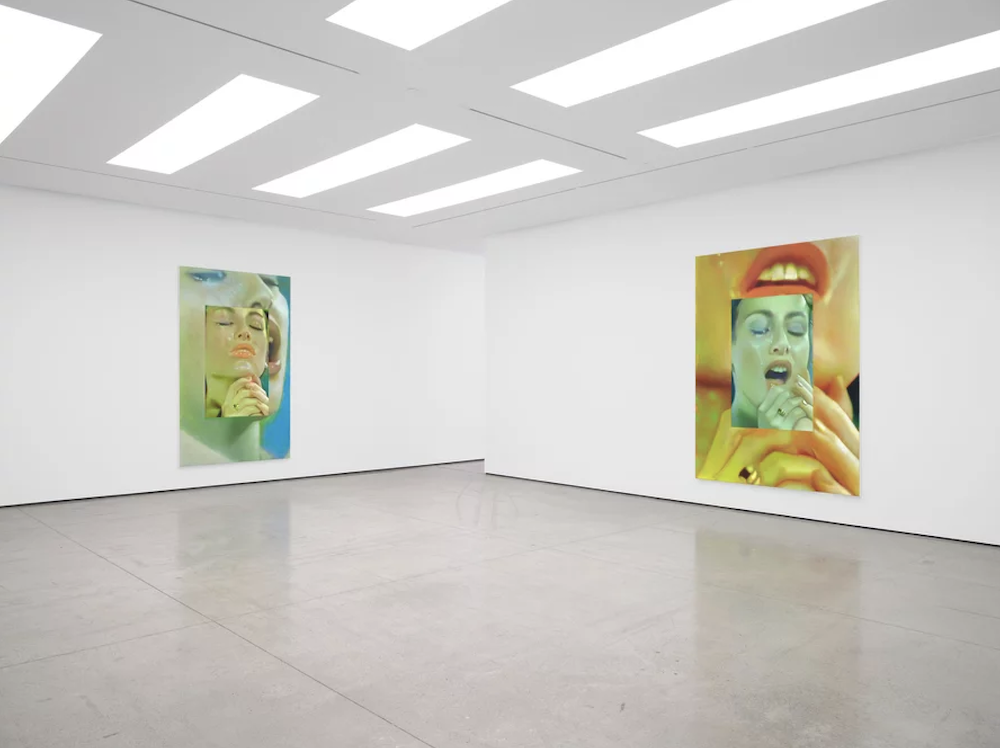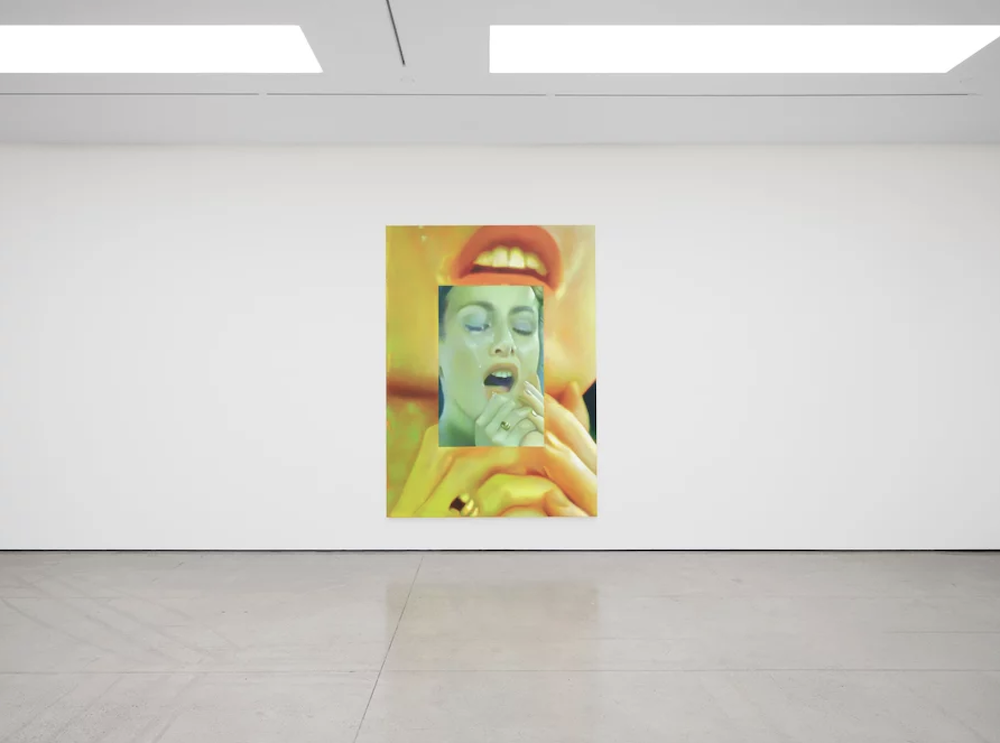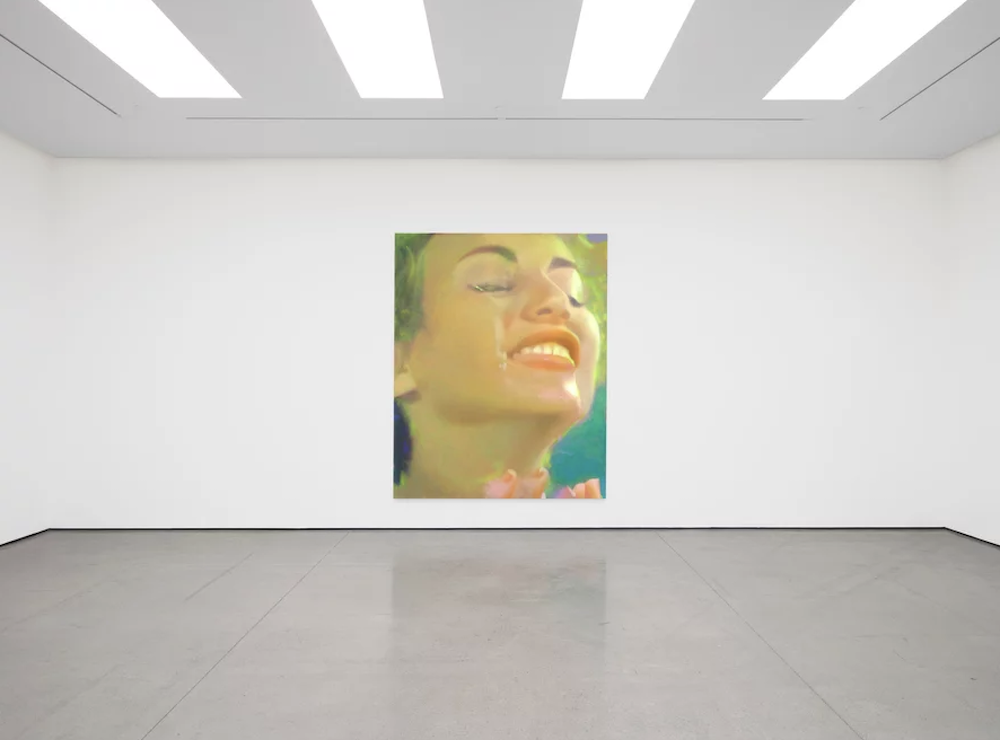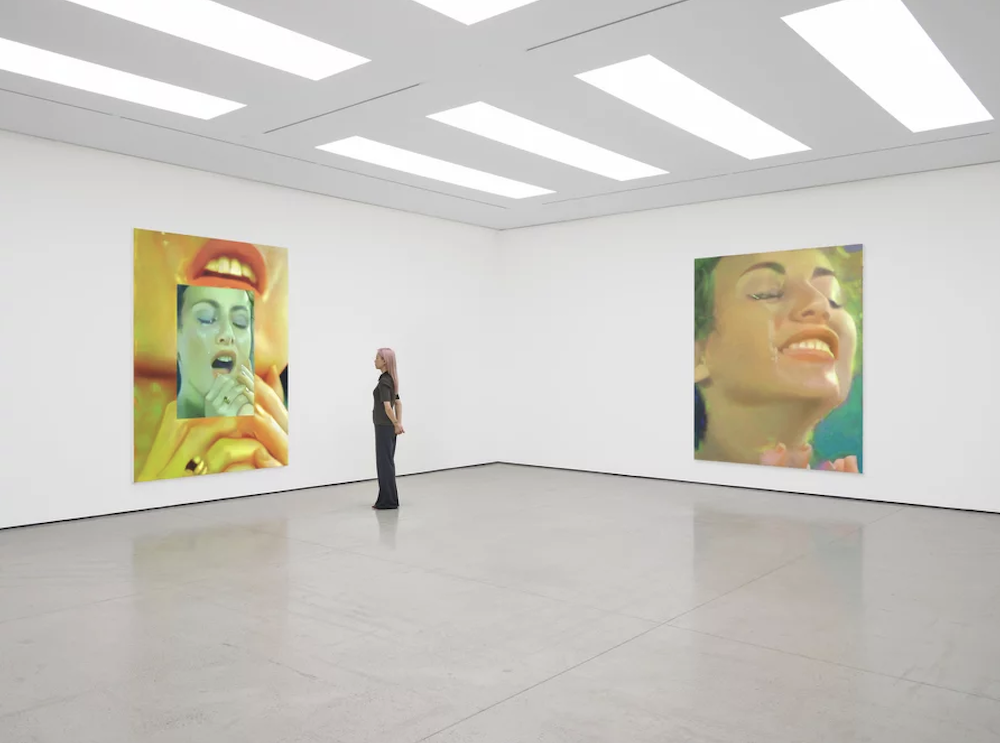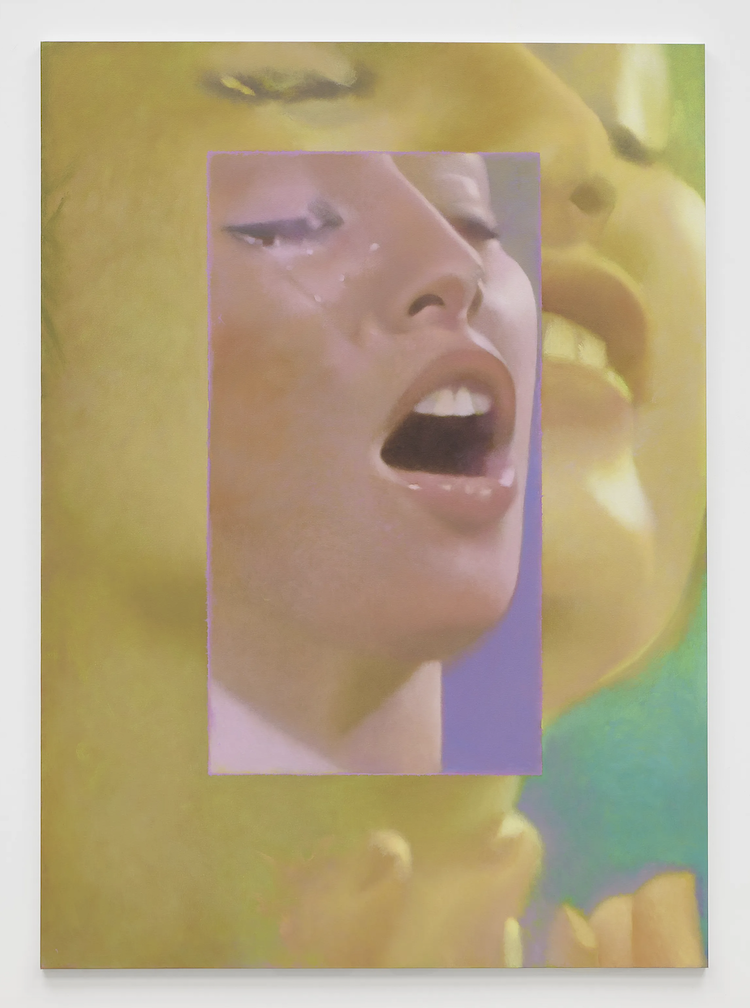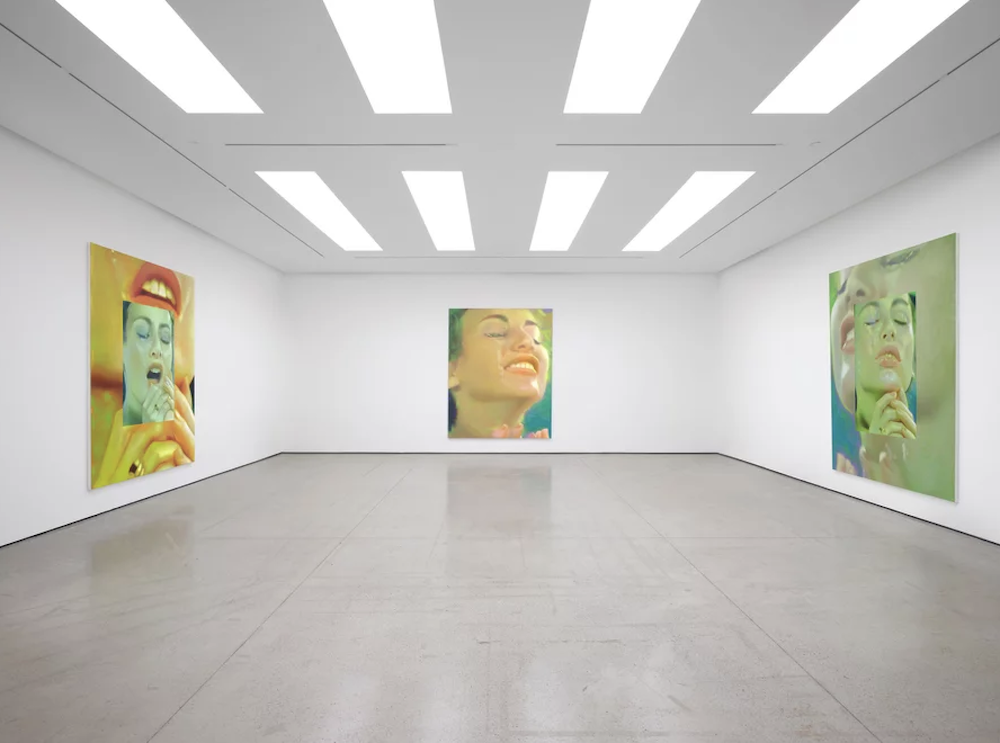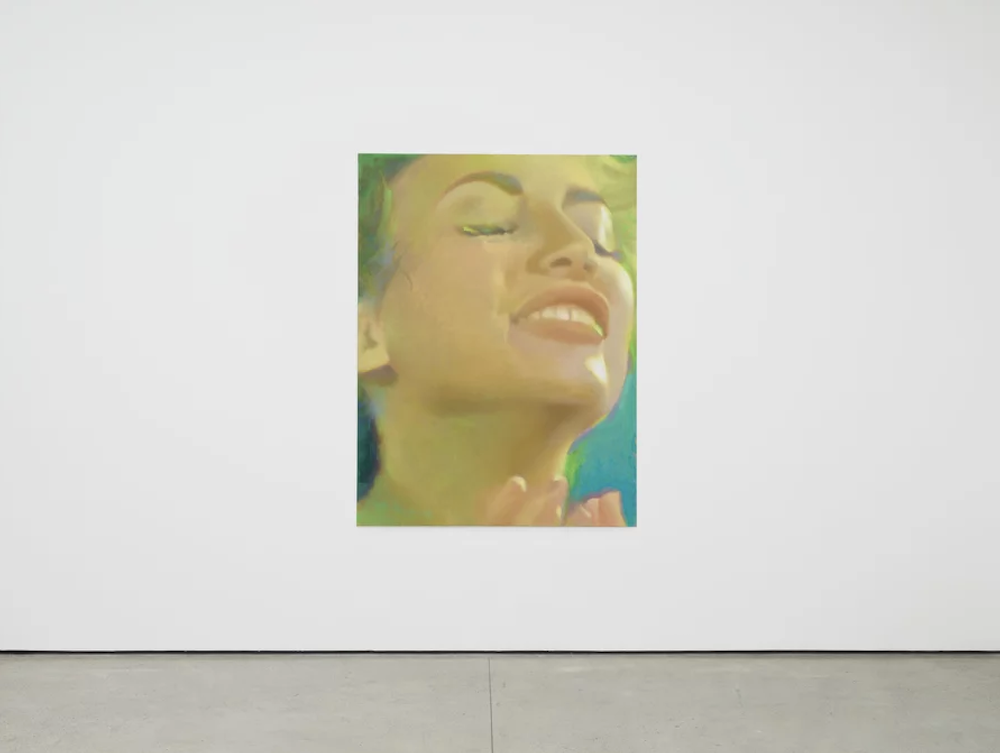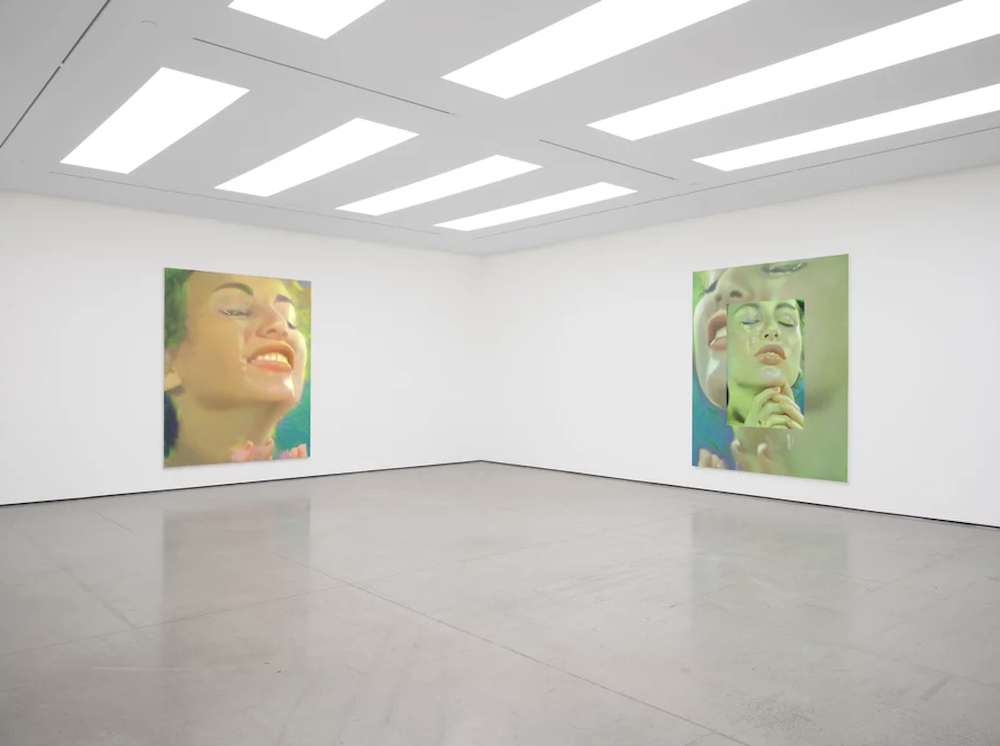As the art world has descended upon Hong Kong this week for Art Basel, we are looking around the city for a few things to check out. One show high on the list is White Cube's presentation of British artist Louise Giovanelli’s second solo exhibition with the gallery and her first in Hong Kong. In Here on Earth, Giovanelli debuts the series ‘Maenad’ (2023–24), which comprises figurative oil paintings based on 1980s film stills.
Exploring the tension between representation and materiality, figuration and abstraction, Giovanelli’s works consider the significance and history of painting as a system of representation. ‘Here on Earth’ features new oil paintings, which expand and reform found imagery. The artist’s luminous and intensely worked surfaces bring notions of theatricality and performance to the fore, traced through source material as wide ranging as Greek myth, old-master paintings and twentieth-century film-making.
The title of the exhibition refers to the female followers of Dionysus – the Greek god of wine, fertility, festivity, ritual madness, religious ecstasy and theatre – who were often portrayed as wild and frenzied, engaging in dance, music and drinking in honour of their god. Building on her previous ‘Entheogen’ (2023) works, ‘Maenad’ continues Giovanelli’s exploration of religious iconography, transubstantiation and the relationship between devotion, ritual and ecstasy. Used in sacred or spiritual contexts to facilitate a connection with the divine realms, an entheogen is a psychoactive substance that induces altered states of consciousness, perception or behaviour. In both of these series, Giovanelli depicts women with their eyes closed and lips parted expectantly, caught somewhere between anticipation and euphoria.
For ‘Maenad’, Giovanelli drew particular inspiration from the Eleusinian Mysteries: ancient Greek rituals dedicated to the cult of Demeter and Persephone, in which participants were believed to undergo transcendental experiences facilitated by a drink or ‘potion’ known as kykeon. Although the exact details of the Mysteries were known only to initiates, women were believed to play a crucial role in the performance of the rites. The mystery cult of Dionysus, which also included rites open only to members, shares a number of themes with that of Demeter and Persephone, notably the cycles of life, death and fertility. The rituals performed by the Maenad were an integral part of the ceremonies worshipping the god. Giovanelli’s paintings can be understood as an embodiment of this ancient history, as she centres female figures, picturing them in isolated moments of ambiguous yet sublime elation. The exhibition title serves as a bridge between these intangible experiences and the physical world, forging connections between the spiritual and the corporeal through the materiality of paint and the interaction between artwork and viewer ‘here on earth’.
Several of the paintings in the ‘Maenad’ series employ a redoubling technique, layering another film still, taken seconds later, over the first. In some instances, the same frame is repeated across different canvases, featuring almost imperceptible variations in the image placement or cropping. These gestures reinforce the work’s relationship to the cinematic moment, simultaneously referencing the momentum of film and distilling its climax. In her paintings, Giovanelli often returns to the same motif or single image, making small adjustments each time, in both framing and colour – for example, a different underpainting, pigment or oil. This process is one of discovery for the artist, who uses painting as a method for revelation and as a testing ground for the validity of her own ideas. Throughout the exhibition, Giovanelli’s visual devices – layers, splits, glitches, repetitions – hint at something unseen beneath the image. This is a way, according to the artist, ‘of being honest about the fact that it comes from a digital image […] to throw you off and reveal what’s going on underneath, to interrupt and disrupt the surface’.
In Harmony (2024) the seemingly private rapture of ‘Maenad’ is replaced by one shared between two figures. Here, Giovanelli depicts a scene in which two young film characters kiss with wide-open mouths. The artist has cropped the image, creating a tall, elongated format that belies its origins in cinema. This also emphasises its more formal qualities, so that the meeting point of their lips comes to resemble the yin-yang symbol – an icon that represents opposing but interconnected forces.
The largest painting in the exhibition, Threadsoul (2024), sees Giovanelli return to a familiar motif: the curtain. Curtains hold an interesting history for Giovanelli, for their changeable role and their presence in both low and high culture: theatres, ballrooms, strip clubs, tired function rooms. A curtain marks a threshold; there is always a behind and a front, and the idea of some form of opening and closing. In ‘Here on Earth’, the vast curtain acts as a backdrop for the exhibition. Densely pleated and permanently closed, it signals a promise of spectacle, of revelation and surprise from Giovanelli’s cast of performers – one that can never be fulfilled.




